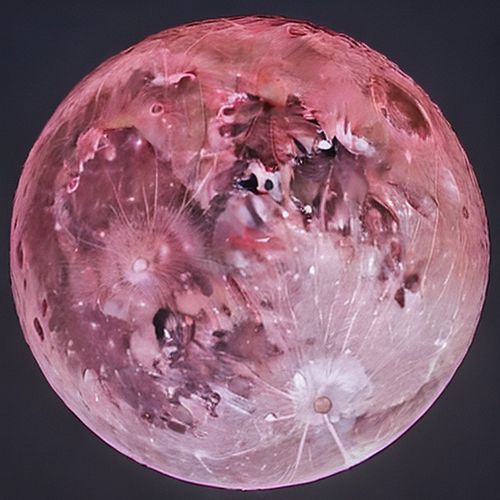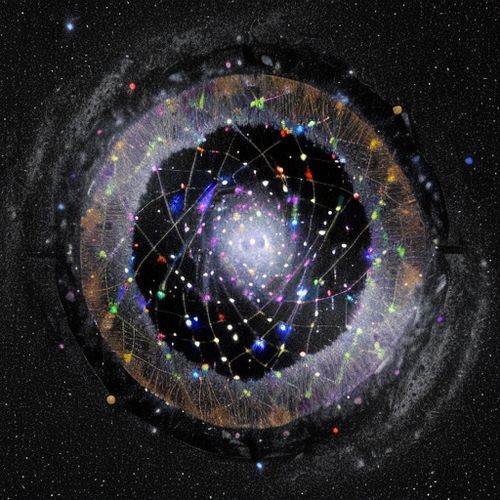In the vast expanse of the night sky, strange and mesmerizing light shows have been captivating observers for years. These phenomena, often appearing as undulating spirals or glowing orbs, are not just random occurrences but are directly linked to rocket launches. As humanity increases the frequency of space missions, more people are inadvertently witnessing these celestial spectacles, sparking curiosity and wonder.
The Science Behind the Light Shows
When a rocket like SpaceX’s Falcon 9 launches, it often creates unique light patterns that can be seen from hundreds of miles away. These light shows are caused by the rocket’s exhaust plume and the way it interacts with the thin atmosphere at high altitudes. "We’re not used to seeing things that are happening in space in these very low (atmospheric) densities," said Jonathan McDowell, an astrophysicist and astronomer at the Harvard-Smithsonian Center for Astrophysics.
The Spiral Phenomenon
One of the most striking light shows is the spiral pattern that sometimes appears after a rocket launch. This phenomenon was notably observed after SpaceX’s Falcon 9 rocket launched a spy satellite for the US military on March 24. The spiral formed as the rocket’s second stage prepared to deorbit and return to Earth’s atmosphere. The vehicle spun while expelling leftover fuel, creating a swirling pattern in the sky.
Dr. Christopher Combs, associate dean for research at the University of Texas at San Antonio, explained that this maneuver is a safety precaution to dispose of unused fuel before the rocket stage reenters the atmosphere. The spinning motion flings the fuel outward, creating the visible spiral. McDowell described this effect as a "garden hose effect," similar to how a hose wriggles and waves when water is sprayed out.
The Jellyfish Phenomenon
Another notable light show is the "jellyfish" phenomenon, often seen from the North American coasts after SpaceX launches. This spectacle is caused by the exhaust plume from the Falcon 9 rocket’s first stage during its ascent. As the rocket burns fuel in the upper atmosphere, the exhaust plume grows and expands, creating a teardrop-shaped streak of light that resembles a jellyfish.
The jellyfish effect occurs because the exhaust plume is not confined by the dense air found closer to the ground. Instead, it expands into a large, glowing bubble. This phenomenon requires specific lighting conditions to be visible: the observer must be in darkness while the rocket is high enough to catch the sunlight beyond the horizon. This typically happens during early evening or dawn.
The Increasing Frequency of Launches
The number of rocket launches has increased dramatically in recent years, rising from a peak of less than 150 per year in the 20th century to over 250 in 2024. This increase means more opportunities for people to witness these light shows. However, catching a glimpse of these phenomena requires precise timing and a bit of luck.
The Impact on Public Interest in Space
These light shows have the potential to spark public interest in space exploration. Dr. Combs expressed his enthusiasm for the public’s fascination with these events, saying, "I love it when people are taking an interest in space. I encourage folks to keep asking questions."
The mysterious light shows created by rocket launches are not just beautiful but also provide a unique opportunity to observe the interaction between rockets and the Earth’s atmosphere. As space missions become more frequent, these celestial spectacles will likely continue to captivate observers around the world. Whether it’s the swirling spiral or the glowing jellyfish, these phenomena remind us of the wonders of space exploration and the marvels that can be seen from our own planet.

By Olivia Reed/Apr 14, 2025

By Sophia Lewis/Apr 14, 2025

By Noah Bell/Apr 14, 2025

By Eric Ward/Apr 14, 2025

By Sophia Lewis/Apr 14, 2025

By Sarah Davis/Apr 14, 2025

By William Miller/Apr 14, 2025

By James Moore/Apr 14, 2025

By Eric Ward/Apr 14, 2025

By Grace Cox/Apr 14, 2025

By Rebecca Stewart/Apr 10, 2025

By Grace Cox/Apr 10, 2025

By Thomas Roberts/Apr 10, 2025

By James Moore/Apr 10, 2025

By Laura Wilson/Apr 10, 2025

By John Smith/Apr 10, 2025

By James Moore/Apr 10, 2025

By Olivia Reed/Apr 10, 2025

By Eric Ward/Apr 10, 2025